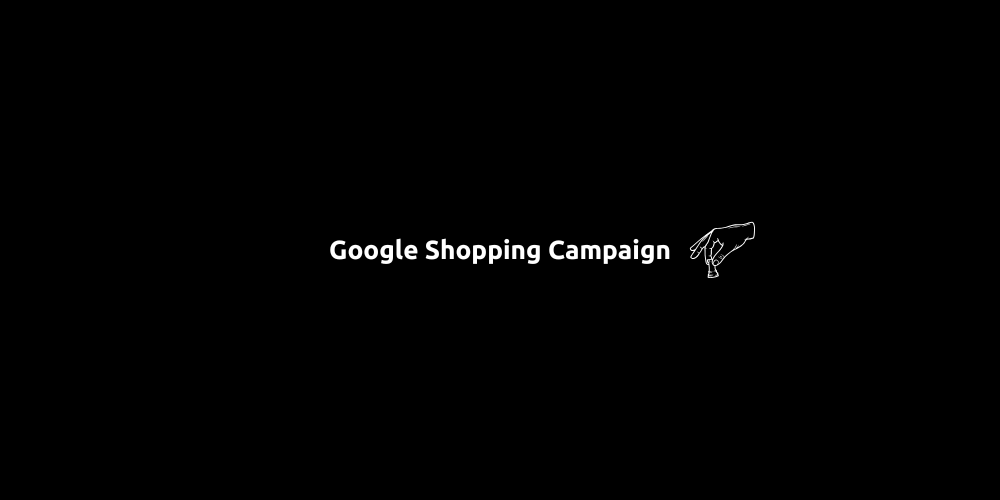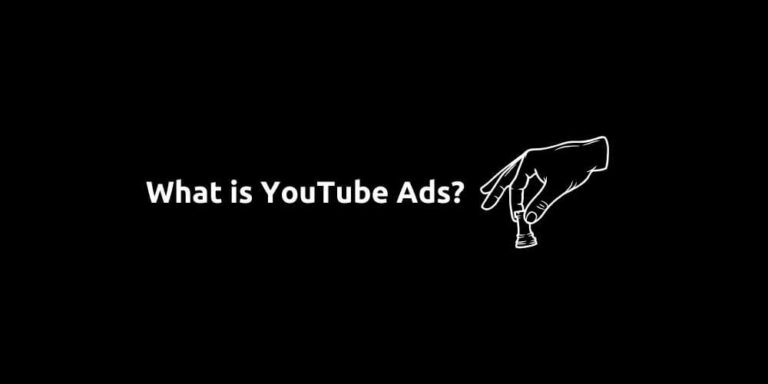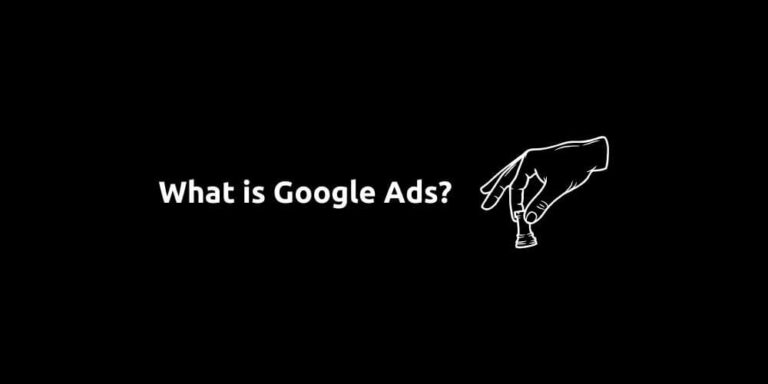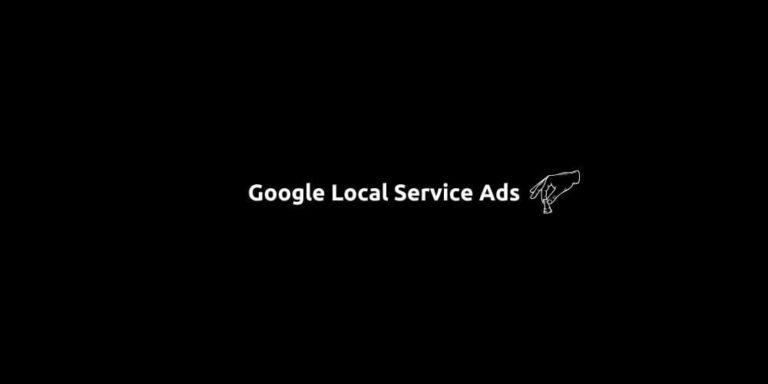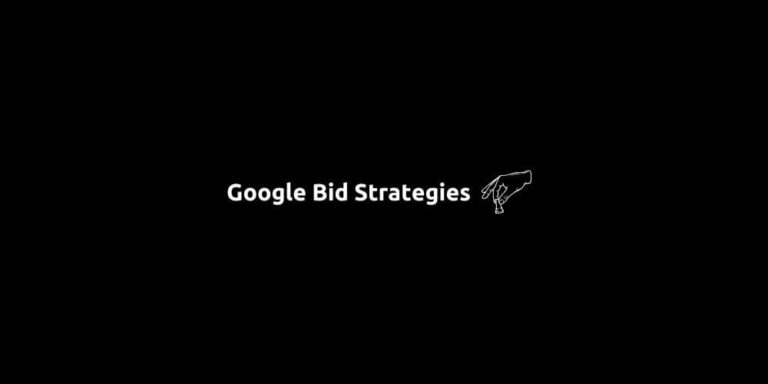Google Shopping Campaign – A Complete Guide
In the world of e-commerce, visibility is everything. And when it comes to being seen by shoppers who are actively searching for products, Google Shopping Campaign is one of the most powerful tools in your digital marketing arsenal. Unlike traditional text ads, Shopping Campaigns display rich product information right on the search results page. This means users get a preview of what they’re about to buy before even clicking, therefore higher conversion rates.
This article will take a deep dive into what Google Shopping Campaign is, how it works, and how it compare with other Google Ads campaign types like Search, Display, Performance Max, and Video. We’ll also explore how to optimize your campaign structure, product feed, and bidding strategy for maximum performance. Whether you’re new to Google Ads or looking to refine your e-commerce strategy, this guide will provide the clarity and insights you need.
Content:
- What is a Google Shopping Campaign?
- How Does Shopping Campaign Work?
- Advantages of Google Shopping Campaign
- When Should You Use Shopping Campaign
- How to Get Started With Google Shopping Ads?
What is a Google Shopping Campaign?
Google Shopping Campaign is designed to promote your e-commerce products by showing users visual, price-based product listings when they search for specific items on Google. These listings appear in Google’s “Shopping” tab, in standard search results, and across the Google Display Network.
What makes Shopping Campaigns unique is that they don’t use keywords. Instead, they rely on your product feed, which is a structured file that includes product details like title, description, price, availability. This feed is submitted to Google Merchant Center, and Google uses it to decide when and where your products should appear.
This campaign type is ideal for:
- E-commerce stores.
- Businesses with large inventories.
- Brands that want to drive both online and in-store sales.
Short story long, Google Shopping Campaign, also known as Product Listing Ads (PLAs), are a cornerstone of e-commerce advertising. It provides a unique and highly effective way for retailers to display their products. This allows potential customers to quickly compare options and make informed decisions even before clicking on an ad.
How Does Shopping Campaign Work?
To launch a Google Shopping Campaign, you need to complete a few setup steps:
- Create a Merchant Center Account and upload your product feed.
- Link your Merchant Center to Google Ads.
- Create a Shopping Campaign inside Google Ads.
- Choose your campaign subtype (Standard or Smart).
- Set a bidding strategy and daily budget.
- Choose targeting settings like location and networks.
- Organize your product groups and apply custom labels or priority levels.
Once your campaign is live, Google automatically matches your product listings to relevant searches based on the data in your feed. The richer and cleaner your product data, the better your campaign performs.
It’s important to regularly optimize:
- Feed quality: Make sure titles and descriptions are clear, keyword-rich, and match user intent.
- Bidding strategy: Use manual CPC for full control, or switch to Smart Bidding (like Maximize Conversion Value) for automation.
- Negative keywords: While Shopping doesn’t use traditional keywords, negative keywords help filter out irrelevant traffic.
- Campaign structure: Group products strategically (by category, margin, or brand) for more precise bidding and reporting.
Compared to Performance Max Campaigns, Shopping Campaigns offer more control over creative assets and product-level reporting. But they also require more manual effort, especially in feed management.
Advantages of Google Shopping Campaign
Shopping Campaigns are not the only option for e-commerce advertisers, but they do offer some distinct advantages:
- Visual Appeal: Unlike Search Ads, Shopping ads include images, star ratings, and prices — all of which can increase click-through rates.
- High Purchase Intent: Shopping ads target users at the bottom of the funnel who are actively searching for specific products.
- Automated Targeting: While you don’t manage keywords, Google uses advanced algorithms to match your listings to relevant queries, similar to Performance Max but with more transparency.
- Integrated Retail Strategy: Shopping Campaigns support omnichannel goals. You can promote online sales, local inventory, or in-store visits using Local Inventory Ads.
When compared to Display Campaigns, which are more suitable for brand awareness or remarketing, Shopping Campaigns are performance-driven and directly tied to conversions. Similarly, YouTube Video Campaigns can generate top-of-funnel interest, but Shopping Ads capture purchase-ready users.
In short, Shopping Campaigns bridge the gap between discovery and conversion, offering a great ROI for retailers.
When Should You Use Shopping Campaign?
If you sell physical products and want to attract customers with high intent, Shopping Campaigns should be at the core of your paid media strategy. However, it’s often beneficial to combine Shopping Campaigns with other campaign types. By integrating Shopping into a multi-channel Google Ads strategy, you can increase visibility, touchpoints, and ultimately, conversions.
How to Get Started With Google Shopping Campaign?
Google Shopping Campaign is one of the most efficient and scalable options for e-commerce businesses aiming to grow online sales. However, success doesn’t come from just launching a campaign — it comes from smart feed optimization, strategic structuring, and integrating your efforts with other Google Ads campaign types.
As Google continues to evolve its ecosystem — especially with the increasing prominence of Performance Max — staying on top of best practices and feed quality will be the key to long-term success. Whether you’re a small shop or an enterprise-level brand, Shopping Campaigns are your gateway to capturing high-intent, ready-to-buy customers.
All in all, Google Ads is a powerful advertising platform that can transform your business by connecting you with potential customers at the right time. Whether you’re aiming to boost sales, increase website traffic, or build brand awareness, Google Ads offers the tools to achieve your goals.
However, success requires a strategic approach, continuous learning, and regular optimization. With the right planning and execution, Google Ads can be a game-changer in your digital marketing strategy. And this is what we do at SS&T Digital. 👇
